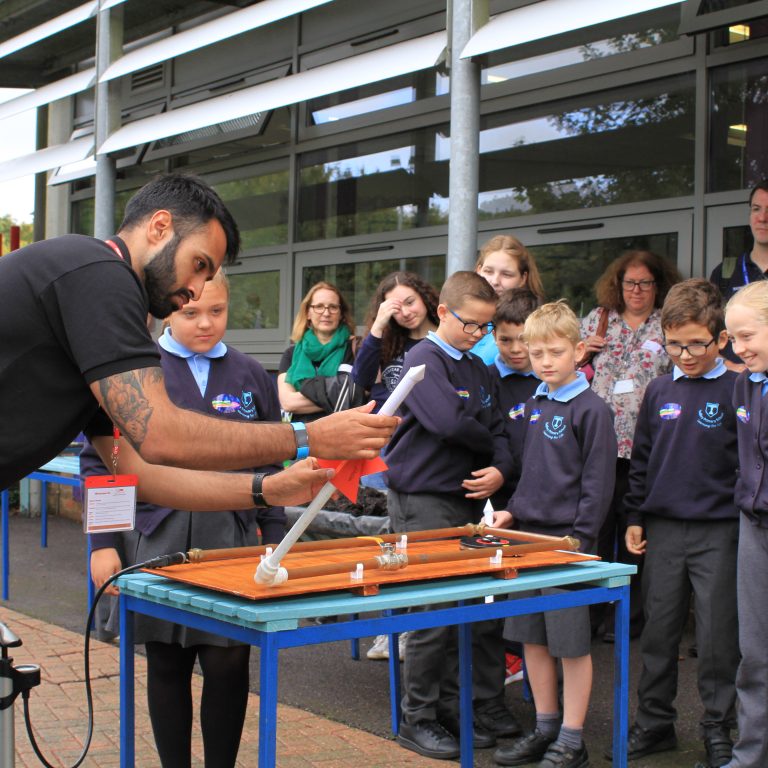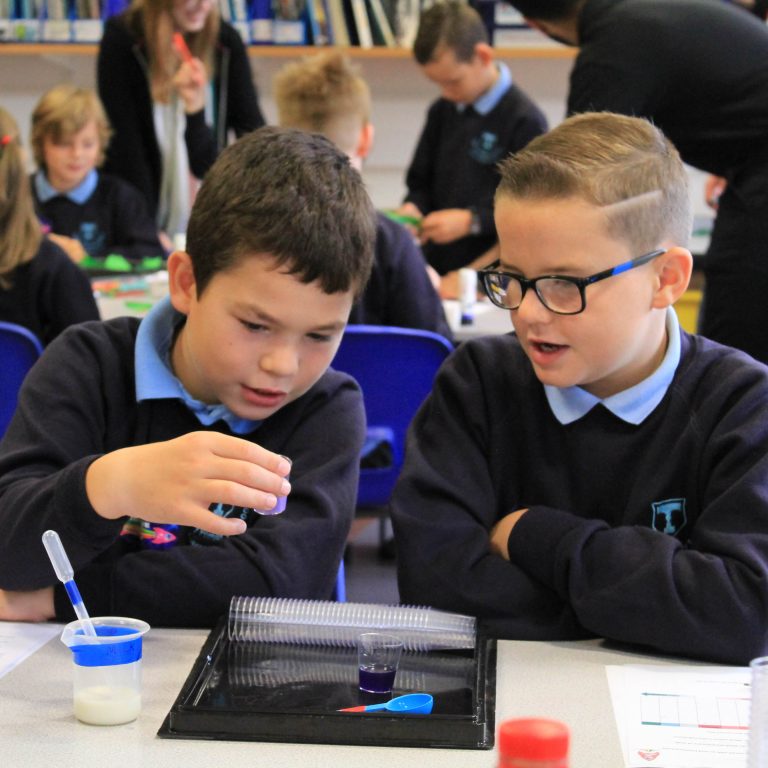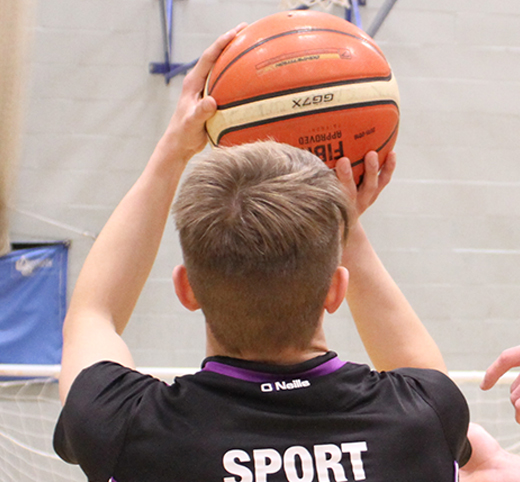Dismantle a flower – (See Plants year 5)
Animals (including humans) year 5
Gestation period of animals
Introduction to gestation, and then using the information to plot gestational age for various animals compared to their adult size or other factors and suggesting reasons for the differences. Looking at further information such as longevity animal size animal habitat to refine and suggest further reasons.
How humans grow
Exploring the children’s current level of knowledge and then using the build a body models to make humans at different stages in their life cycle so they can compare what areas of the body grow at different times and how the relative proportions change. This also gives practice in interpreting data from charts.
Variation in human growth
Collecting data about their height and foot length to answer the question ‘Is foot size correlated to height’.
Human life cycle time line
Collecting data from different sources to establish a time line of human life span. Studying the human gestation models to understand the development that occurs before birth.
Properties and changes of materials – year 5
Beach in a bucket
The bucket contains material from a beach: Pebbles, shells, gravel of different stone sizes, sand metallic and plastic objects, driftwood, seaweed, sea water.
All the items have to be separated into individual constituents using manual sorting, magnets, sieving and filtering, evaporation
If time the children to make a simple flow chart to explain to younger children the detailing the steps they needed to separate each item.
Burning investigation
First, a group discussion of the fire triangle and the conditions needed for burning to take place and noting that fire is an irreversible process
Investigation – Children observe how a range of natural materials burn comparing the rate and efficiency of burning to paper
Cooked Breakfast
This investigation looks at irreversible reactions and reversible reactions used in the cooking process. The experiment looks at changes that occur when bread is toasted, an egg is cooked and butter melting.
Toasting is done over a tea light lame so the irreversible and reversible changes taking
place as the candle burns can also be studied.















